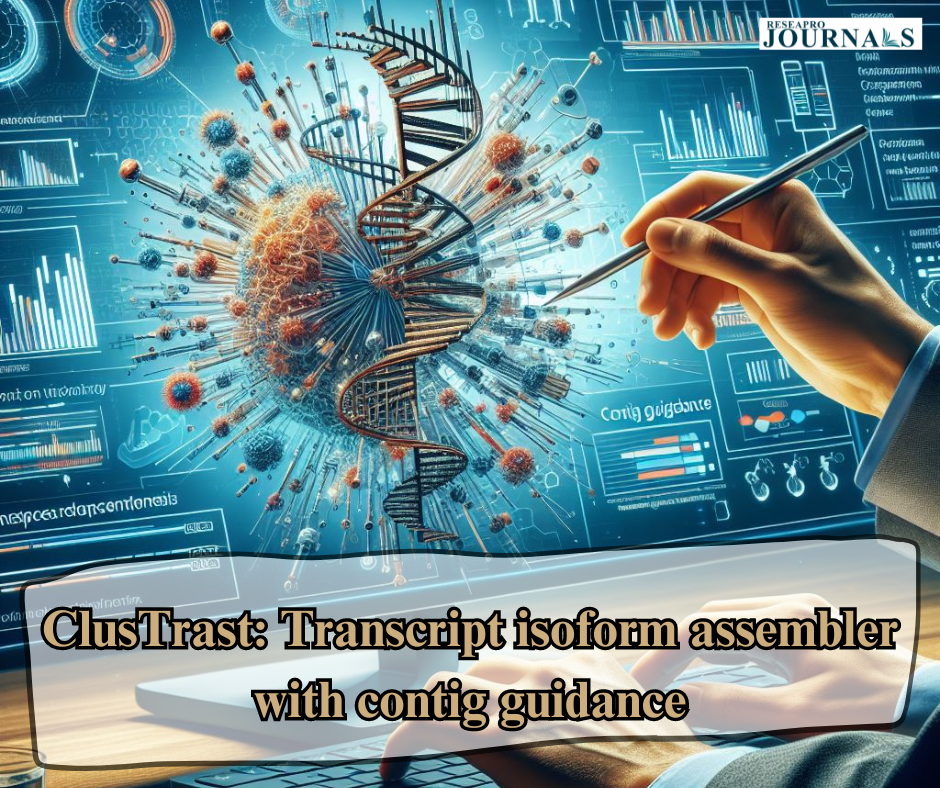
ClusTrast is an innovative tool designed for de novo transcript isoform assembly from short-read sequencing data. It operates by utilizing clustered contigs as a guide throughout the assembly process. This approach aims to improve the accuracy and efficiency of transcript reconstruction, particularly in complex genomic regions.

Body:
Traditional transcript assembly methods often face challenges in accurately reconstructing isoforms, especially in cases of gene duplication or alternative splicing. ClusTrast addresses these challenges by first clustering contigs based on their sequence similarities. Then, it utilizes these clustered contigs as a scaffold to guide the assembly of transcript isoforms. By incorporating information from multiple contigs that represent different parts of the same transcript, ClusTrast can more effectively reconstruct the full-length isoforms, even in regions with high sequence similarity.
This approach has shown promising results in various studies, demonstrating improved accuracy and sensitivity compared to conventional assembly methods. Additionally, ClusTrast’s efficient use of computational resources makes it a valuable tool for transcriptome analysis in diverse research areas, including genomics, transcriptomics, and molecular biology.
Conclusion:
ClusTrast represents a significant advancement in de novo transcript isoform assembly, offering improved accuracy and efficiency through the guidance of clustered contigs. Its innovative approach has the potential to enhance our understanding of complex transcriptomes and facilitate discoveries in diverse biological contexts. Further development and validation of ClusTrast could lead to broader applications in genomic research and contribute to advancements in transcriptomics-driven studies.
